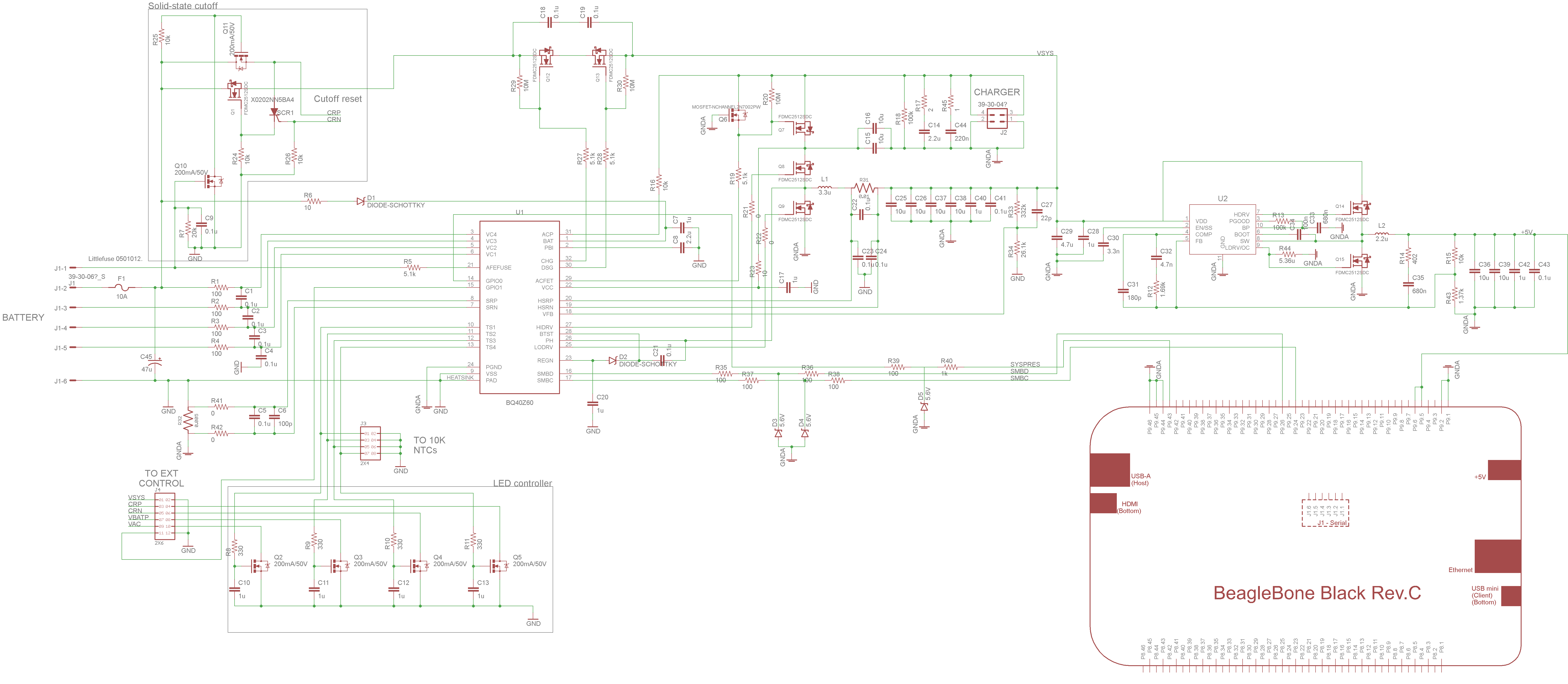- August 24 – September 6 (Week 2)
- Recruitment
- Mock Setup
- Create Purchase List
- September 7 – September 20 (Week 4)
- Create CAD models
- Machine Shop Training for New Member
- September 21 – October 4 (Week 6)
- Starter Grain molding and testing
- Simulation
- October 5 – October 18 (Week 8)
- Electronic Test
- Hydrostatic Testing
- CAD Modeling
- October 19 – November 1 (Week 10)
- First Static Testfire without Nozzle
We Are Recruiting Now
Join Orange Rocket Ballistics Team at Syracuse University! ORBiT strives to give engineering students and the general university community a portal to explore the field of rocketry
We design, build, and test SRAD (Student Researched and Designed) hybrid rocket engines, with the goal to develop a flight-ready vehicle.
Who can join? Anyone interested in building a rocket and working with the team! We don’t require prior experience, only that you are willing to learn and help out. In past years, ORBiT has performed multiple static test fires on various hybrid rocket engine designs.
ORBiT is a great way to build hands-on experience in engineering
This Fall semester we look forward to working with you on our new Hybrid Rocket Engine concept!
Our first General Body Meeting for new members will be on Sunday, August 6th at 2:00 pm via zoom.
Test Stand 2.0!
After a few months of revisions, we’re set to move forward on our new test setup. Highlights of the design are variable engine mounting, streamlined fabrication, a linear bearing system, and integrated fluid/DAQ systems. Let the manufacturing begin!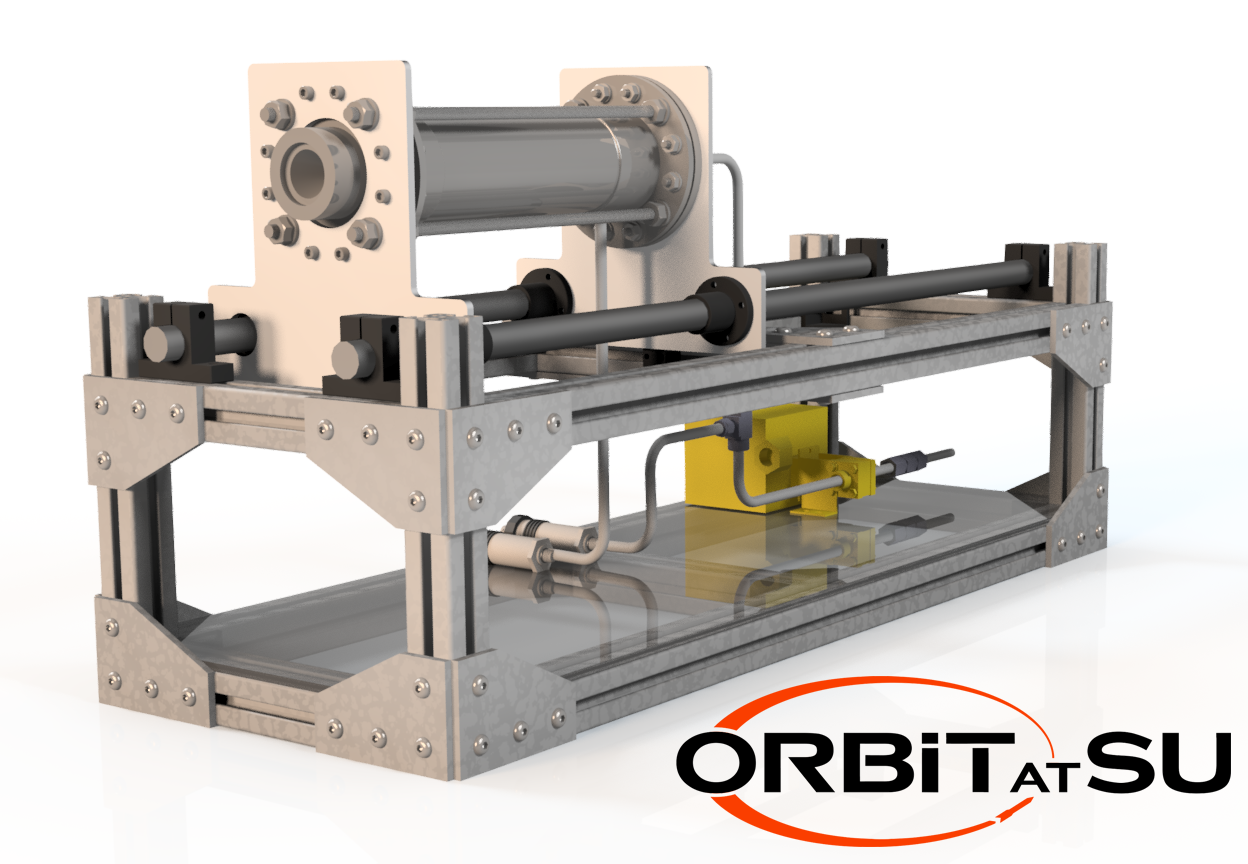
ORBiT 3/3/17 update
We have been working on our new engine, feed system, and test stand which will be integrated with an all new DAQ setup. Designed for a throttling range of 100 to 200 lbf, this new setup will be much cleaner and robust and allows for a more streamlined test regime. We will have our design review on Monday and begin fabrication shortly after.
We would like to thank our faculty advisors at SU as well as our friends at Penn Stainless, 8020, and Swagelok WNY who helped us with our build.
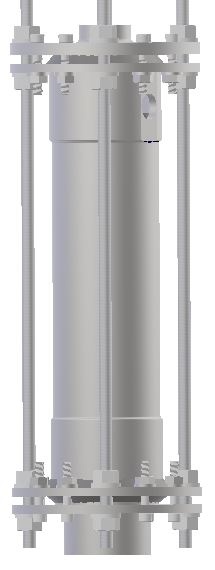
ORBiT Update
Over the break, we have been continuing our work on our next (yet to be named) engine. This engine will be our second crack at a Hybrid Rocket, using liquid N2O and a solid HTPB grain. As this design work advances, we will continue working with our Orb v.1 motor as a test bed for our incremental improvements. Here’s a snippet of a prelim design of our swirl injector and welded flange assembly.

Ground Test #3
Following improvements to our feed system, we saw much improved mixing and a corresponding increase in efficiency. This led to high temperatures that melted and burned our steel nozzle at around T+20s. As a result, we will be replacing the nozzle with a more heat-resistant material.
Static Fire #3
Today marked our third and final test using paraffin wax and compressed air as propellants. We are now focusing on making the transition to HTPB and N2O, which will still be used with this engine as a test bed.
We were able to achieve a much cleaner burn at higher pressures and temperatures. Unfortunately for our nozzle insert, these temperatures exceeded its melting point!
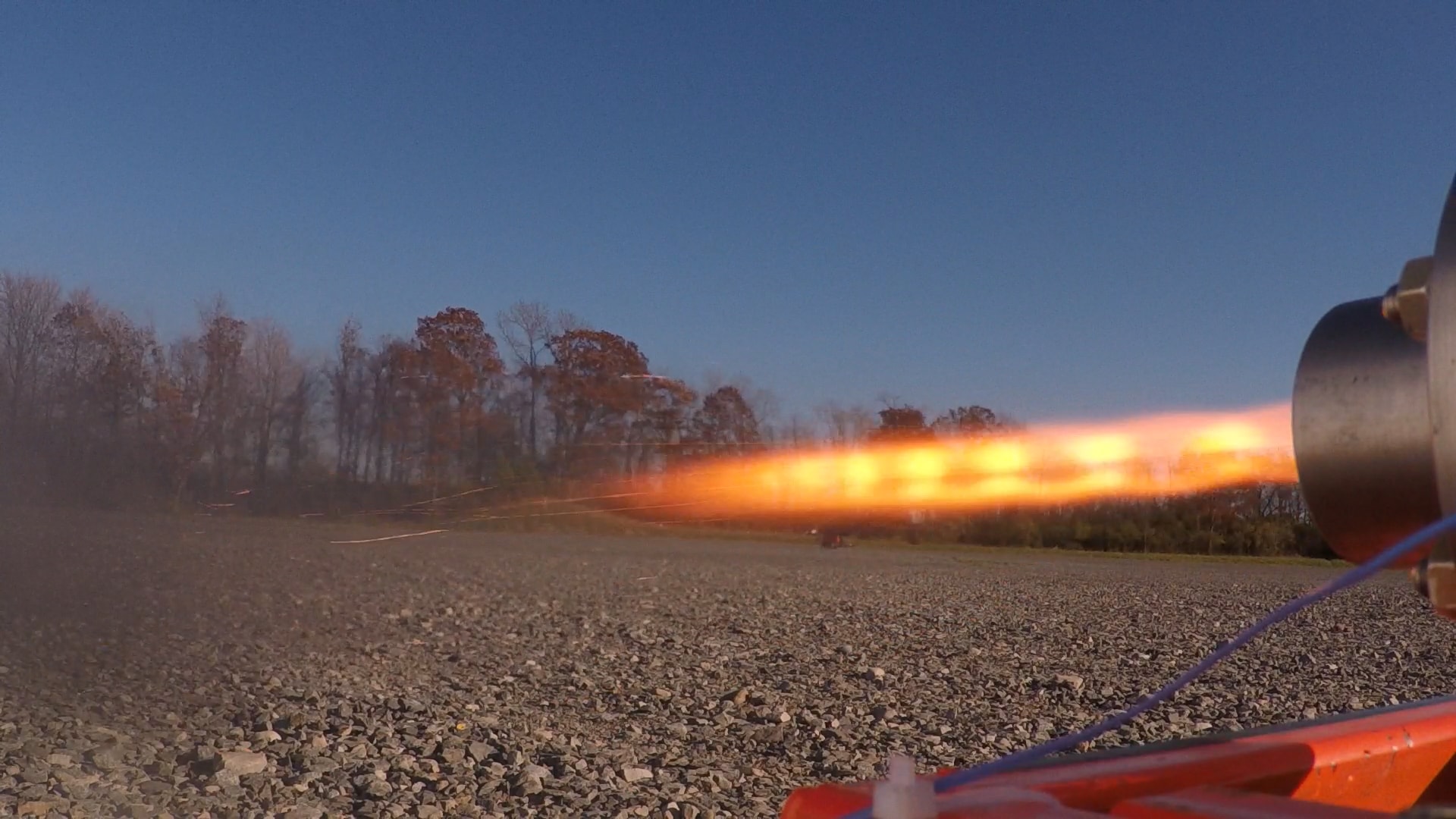
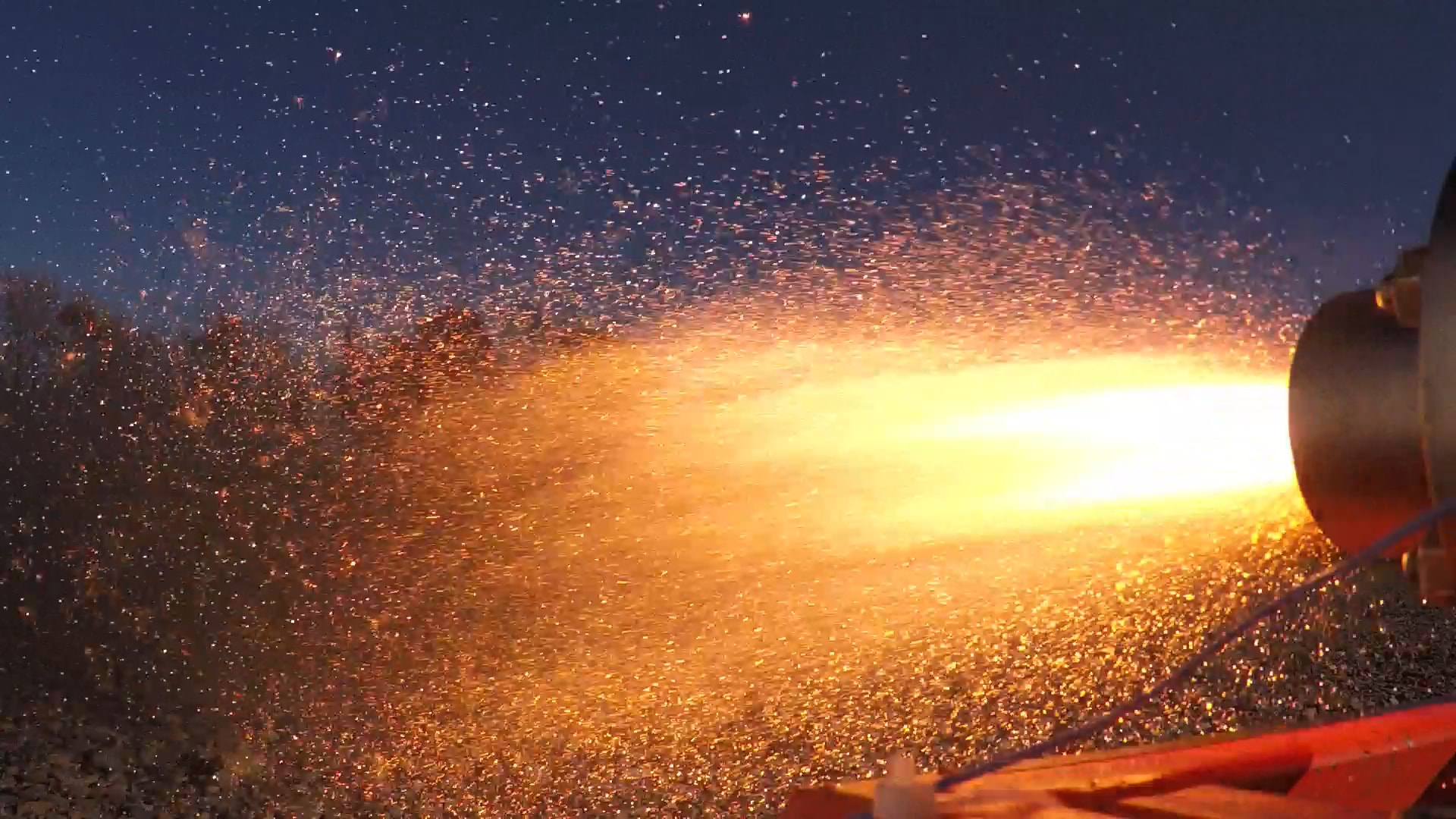
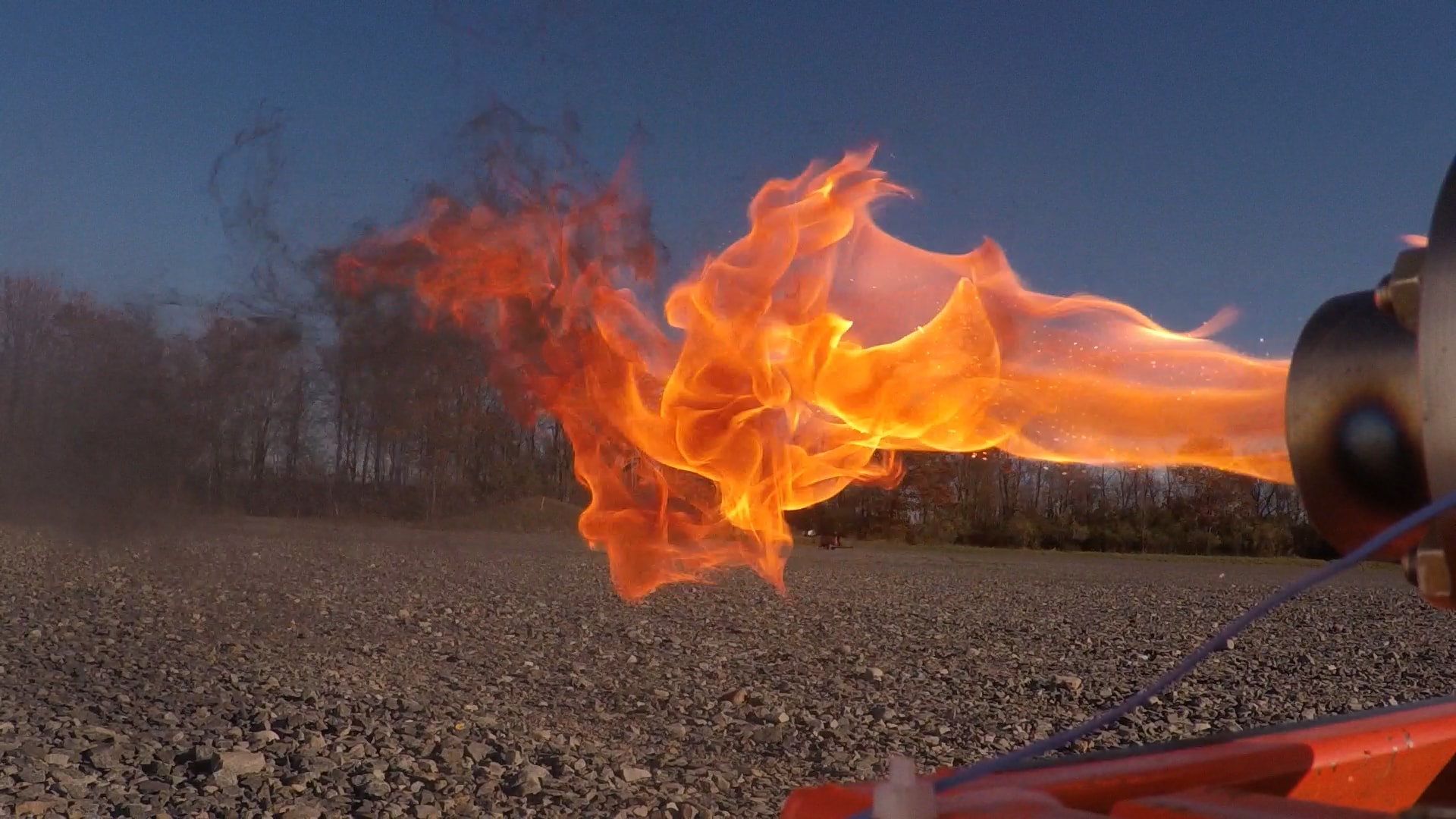
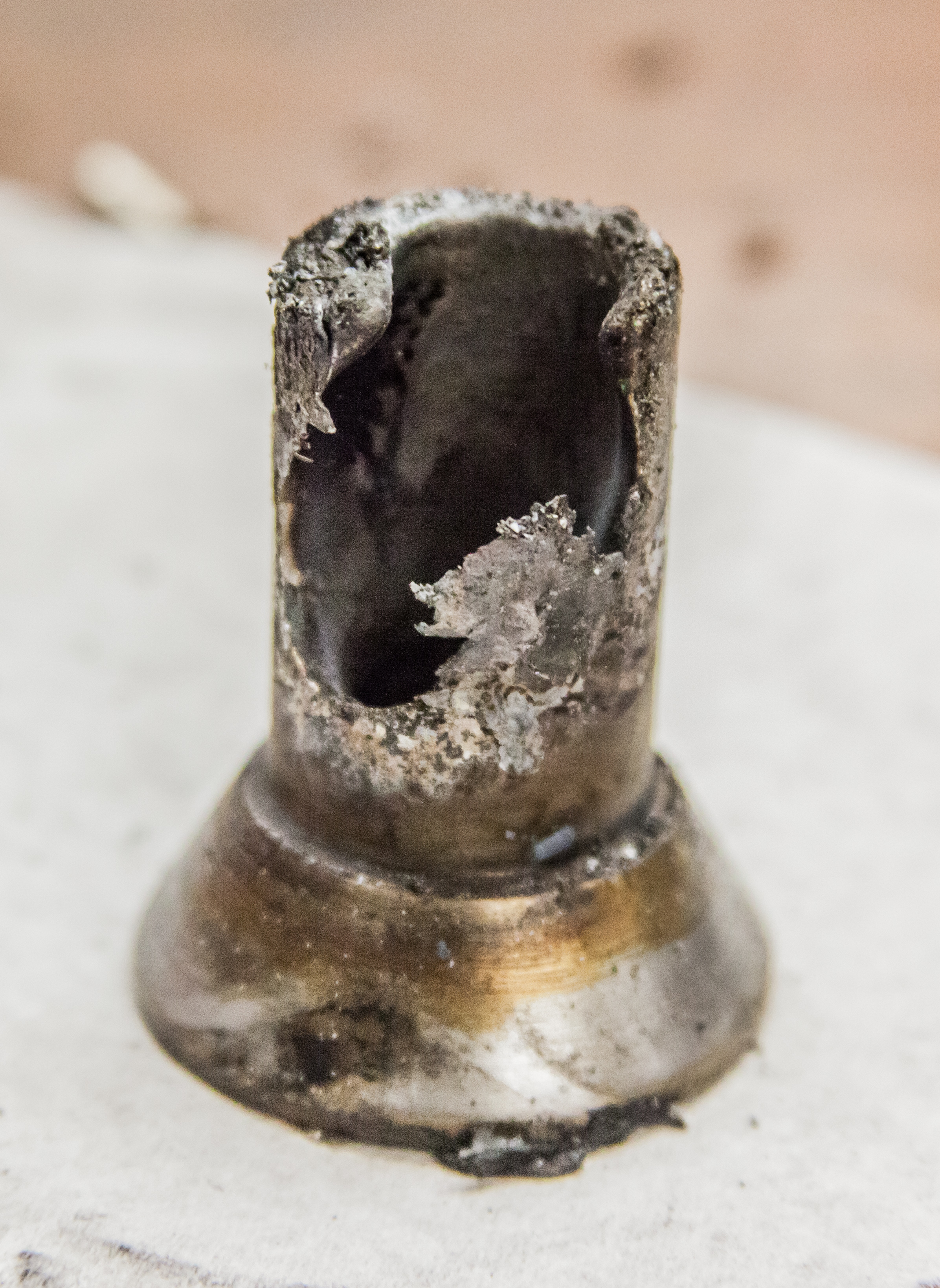
Hydrostatic Test Complete- Static Fire This Weekend
A third hydrostatic test has been completed on our engine. This allows us to confidently test our engine for the third time this coming Sunday, where we are aiming to meet our residence time of combustion mark (i.e. how long the gasses are in the chamber for ideal combustion).
Ground Test #2 Complete!
This past weekend, we completed our 2nd ground test with a ramped-up ox mass flow. This lead to a much quicker burn, but we are still focusing on a more complete burn of the propellants.

More Progress
This circuit manages all on-board electrical power for our rocket. Much like a laptop, it allows the rocket to run on battery power or from a charger. As an added bonus, it provides protection against battery fires, ensuring that our rocket won’t be the next Samsung disaster. Stay tuned for more updates!